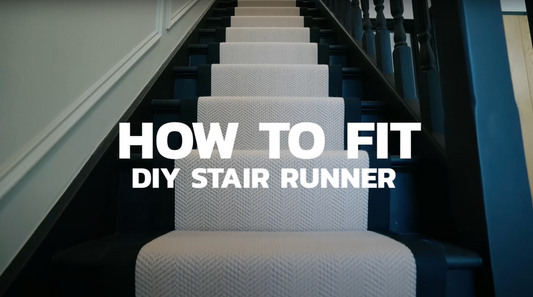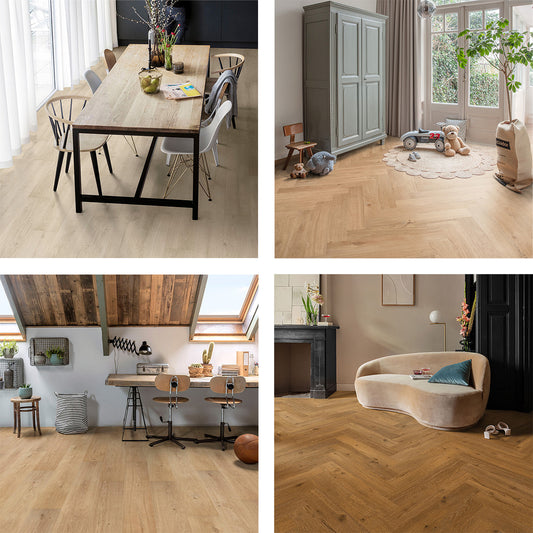How Do You Soundproof Floors?
If you are beginning a new renovation project in 2022, you might be considering upgrading to a less noisy home environment. Of course, you do not want to cover up your beautiful new flooring with a full coverage carpet. So what other options are there for soundproofing your floors?
The easiest type of floor to soundproof is that of a new construction. However, the good news is that also for an existing building – or even an apartment – there are several routes you can take towards reducing unwanted noise from footsteps, music and more.
Impact and airborne noises
First and foremost, what are the types of noises that you want to guard against? There are impact noises that result from some type of force from above – scraping of furniture, people walking (particularly in heavy-heeled boots or shoes), but also vibrations from appliances such as vacuum cleaners and dishwashing machines. Then there are airborne noises. These are carried down from voices, (either people speaking to each other or from the television or radio), or for instance music or video games.
The soundproofing options for a new construction will offer the most complete solutions. You can directly work on the subflooring, and add underlayment and insulation where appropriate. Renovating and laying new floors the second-to-best ideal situation. How you will go about it depends a little on what type of flooring you are using.
Soundproofing hardwood floors
The harder the surface, the more it will easily transfer impact sounds. As beautiful as hardwood floors are, this makes them prone to noise amplification. An impact barrier underlayment can help lessen the effect as it creates a gap of air between the subflooring and the wood floor planks.
You can also add an acoustical insulation membrane underneath the floating floor. They are easy to install and will also help keep cold from seeping up through the floor boards and protect against moisture and cold. Furthermore, you may also consider installing your hardwood floors with the glue-down rather than nail-down method, as the nails themselves can carry and magnify sound vibrations.
Laminate floors
Laminate and composite flooring are also subject to impact noise transmission, although they absorb airborne noises to a greater extent than their hardwood siblings. However, they have the particular issue of creating sound echoes within a room or house. A good quality underlayment should help in reducing both this kind of noise and the hollow sound often produced by footfall when you float a laminate floor.
Underlayments for soundproofing
Underlayment comes in several materials. Foam is the least expensive option, and as such also the most prevalent. It is not the most efficient however, and is best used on first or second floors, where the area is less exposed to humidity from below. This can be resolved by using a foam/film option where the film keeps the moisture away.
Floor muffler underlayment on the other hand has a significant moisture barrier, and is generally thought to be the best when it comes to reducing noise. Meanwhile, underlayment made of cork is considered the most eco-friendly and better quality than foam. It also does a good job at preventing noise as well as mould and mildew.




